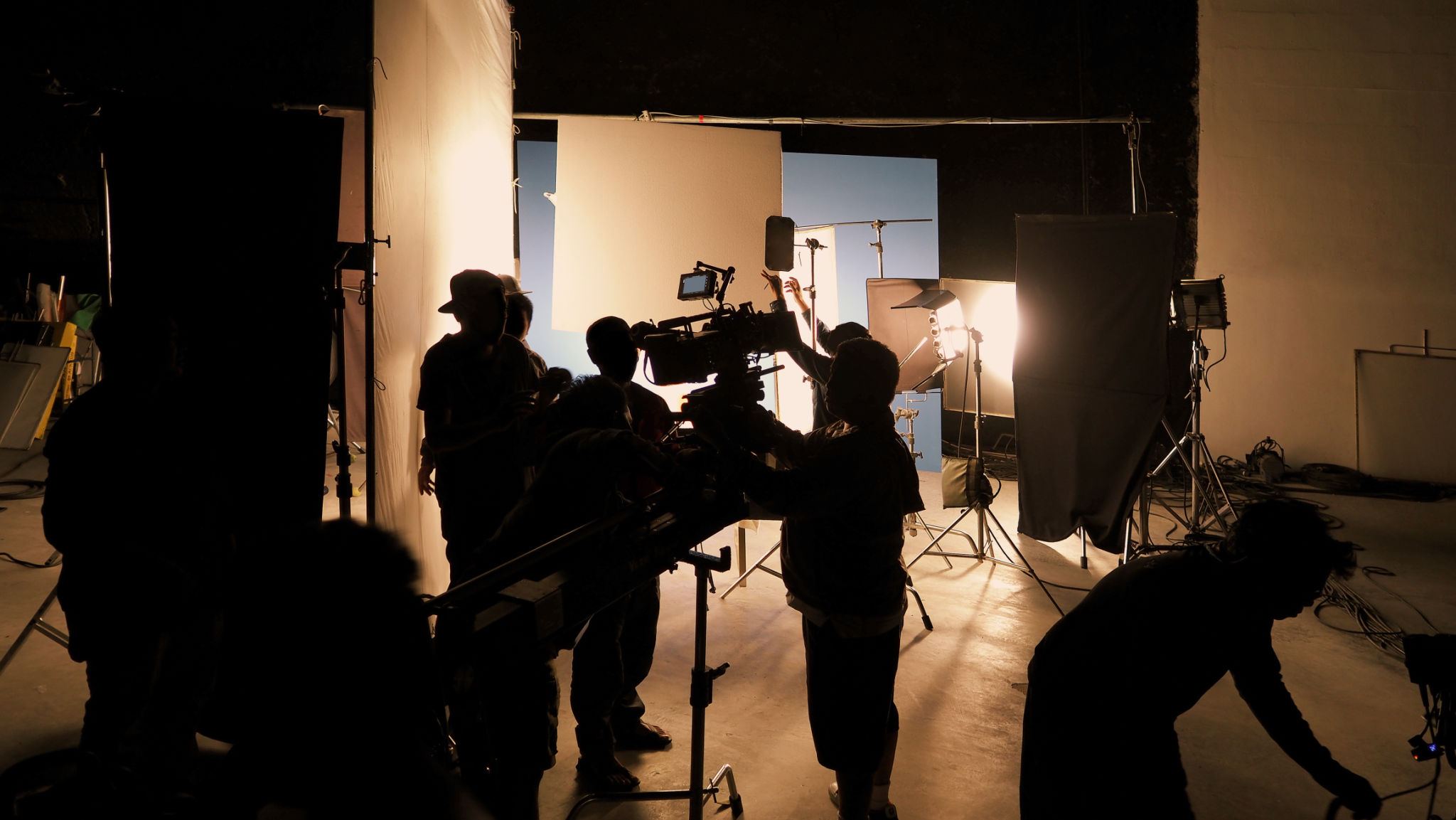The Art of Visual Storytelling: Transforming Ideas into Compelling Videos
JN
Understanding Visual Storytelling
In today's digital age, storytelling has evolved beyond the written word. The art of visual storytelling involves using images and videos to craft narratives that captivate and engage audiences. This approach harnesses the power of visuals to convey emotions and messages that might be difficult to express through text alone.
Visual storytelling is not just about creating aesthetically pleasing content; it's about transforming ideas into compelling stories that resonate with viewers. By effectively combining visuals with narrative elements, creators can leave a lasting impact on their audience.

The Power of Imagery
Imagery is at the heart of visual storytelling. A single image can convey complex emotions and narratives that words may struggle to capture. The strategic use of colors, composition, and symbolism can enhance the storytelling process, allowing creators to convey deeper meanings and evoke strong emotional responses.
When crafting a visual story, it's important to consider the elements of design and how they contribute to the overall message. Each visual component should serve a purpose and contribute to the narrative arc, drawing viewers into the story's world.
Choosing the Right Visuals
Selecting the appropriate visuals is crucial in visual storytelling. Consider the tone and emotion you wish to convey, and choose images or video clips that align with these elements. Consistency in style and theme can help maintain viewer engagement and enhance the narrative flow.

Crafting a Compelling Narrative
The success of a visual story hinges on its narrative structure. A well-crafted narrative provides clarity and direction, guiding the audience through the unfolding story. Start by defining the core message or theme you want to communicate, then build a storyline that supports this message.
A compelling narrative typically involves three key elements: a beginning that captures attention, a middle that develops the story, and an end that provides resolution. This structure helps ensure that your audience remains engaged from start to finish.
Using Emotion to Connect
Emotion plays a pivotal role in visual storytelling. By tapping into viewers' emotions, storytellers can create connections that resonate on a personal level. Consider how different visual elements, such as lighting, music, and facial expressions, can evoke specific emotions and enhance the storytelling experience.

Incorporating Technology
Technology has revolutionized the way visual stories are created and consumed. From advanced video editing tools to virtual reality experiences, technology offers new possibilities for storytellers to explore. Embracing these tools can elevate your storytelling efforts, providing unique ways to engage with your audience.
Additionally, platforms like social media allow for broader distribution, enabling stories to reach diverse audiences across the globe. Leveraging these platforms can amplify your message and foster deeper viewer engagement.
Measuring Impact
As with any form of content, it's important to measure the impact of your visual storytelling efforts. Metrics such as viewer retention rates, engagement levels, and social shares can provide valuable insights into how your story is being received.
By analyzing this data, you can refine your storytelling approach, making adjustments that enhance the effectiveness of your narratives. Continuous improvement ensures that your visual stories continue to captivate and inspire audiences.
